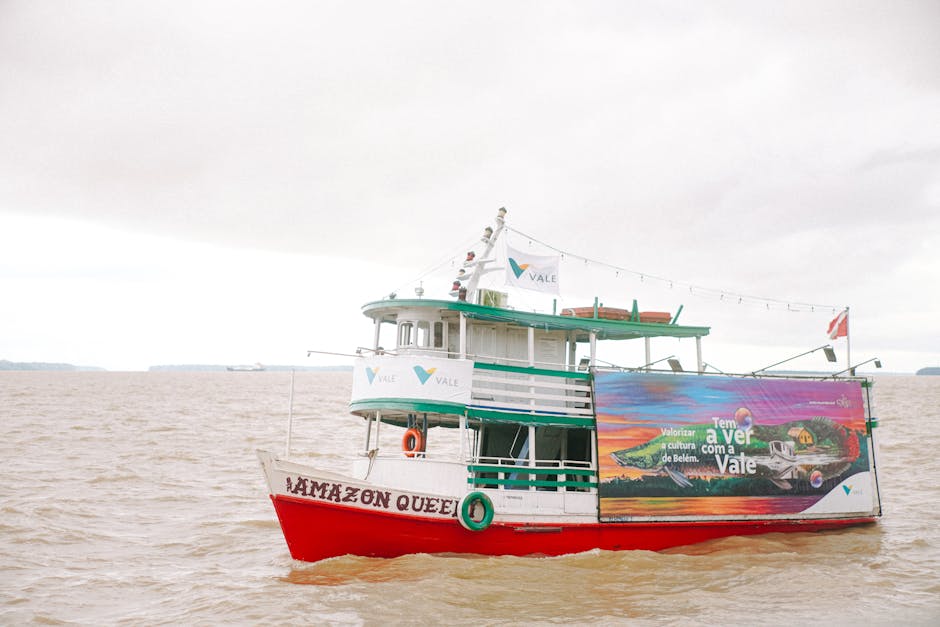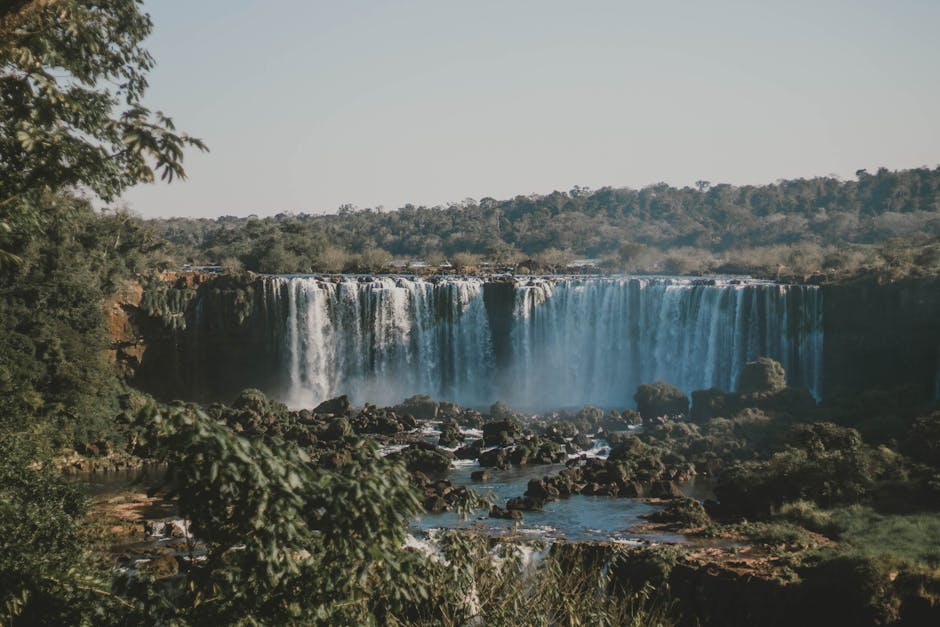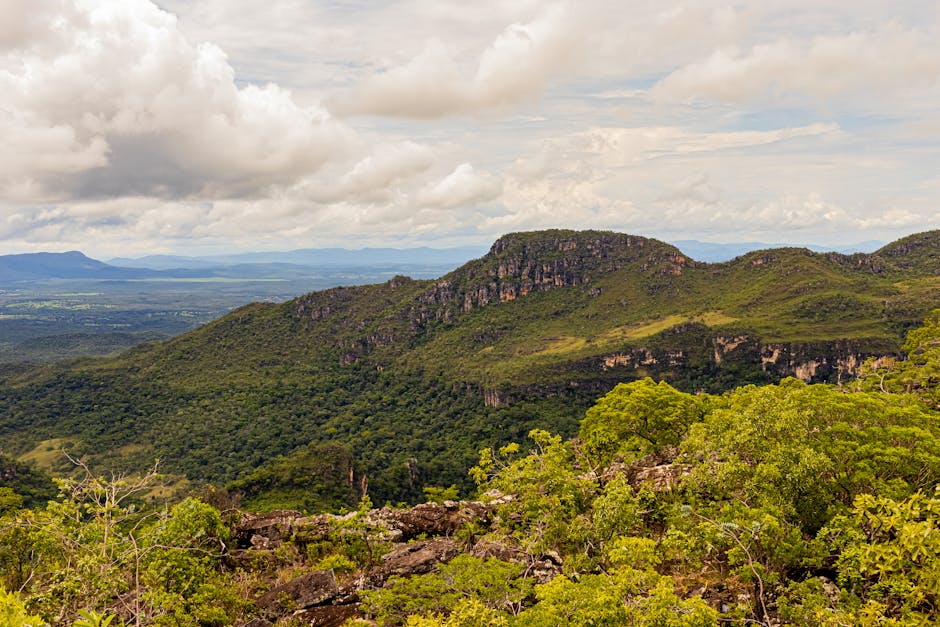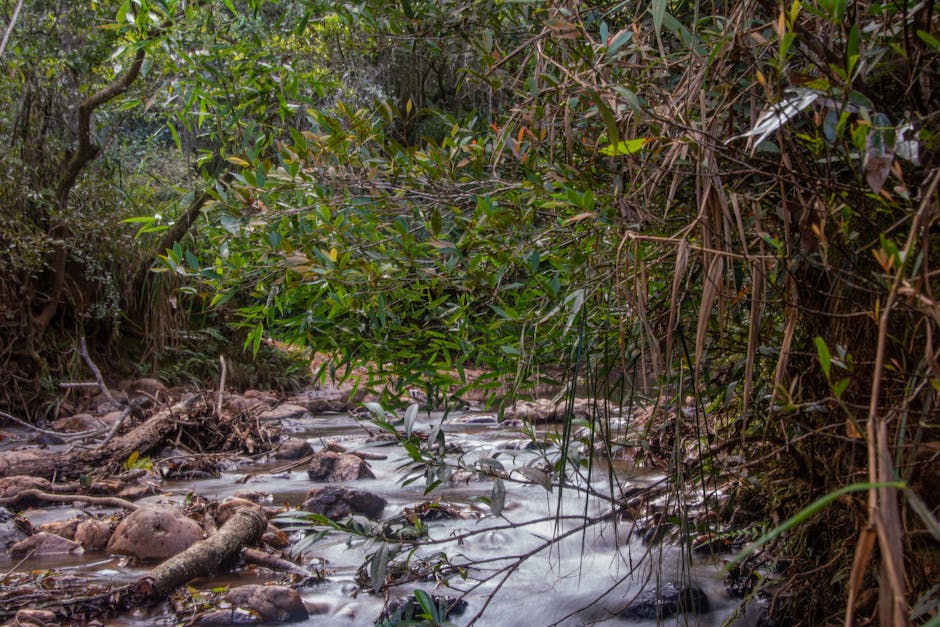- So, What Exactly Is Eco-Tourism?
- Why Brazil is an Eco-Traveler's Paradise
- Incredible Hubs for Sustainable Travel in Brazil
- The Amazon Rainforest: Lungs of the Planet
- The Pantanal: A Wildlife Spectacle
- The Atlantic Forest: A Hidden Gem of Biodiversity
- Bonito: The Standard for Eco-Tourism
- Chapada Diamantina National Park: Majestic Mesas and Waterfalls
- How to Be a Truly Responsible Traveler in Brazil
Have you ever dreamed of waking up to the sound of howler monkeys in the Amazon, floating down a crystal-clear river alongside colorful fish, or tracking jaguars in the world’s largest wetland? brazil offers these once-in-a-lifetime experiences, but there’s a way to enjoy them that goes beyond just taking pictures. It’s about leaving a place better than you found it. Welcome to the world of sustainable eco-tourism in Brazil, a journey that connects you deeply with nature and the vibrant communities that protect it.
Forget crowded tourist traps and generic vacation packages. We’re talking about authentic adventures that make a real, positive impact. This is about choosing a path that supports conservation, empowers local people, and leaves you with memories that are as meaningful as they are breathtaking. So, grab your reusable water bottle, and let’s explore how you can plan a truly green getaway to one of the most biodiverse countries on Earth.
So, What Exactly Is Eco-Tourism?
Before we dive into the destinations, let’s clear something up. “Eco-tourism” is more than just a buzzword for a vacation in nature. At its core, it’s a form of travel that actively works to conserve the environment and improve the well-being of local people. Think of it as a triangle of responsibility: it’s about protecting the planet, respecting the local culture, and educating yourself and others along the way.
A true eco-tourism experience isn’t just about seeing a toucan; it’s about staying at a lodge that uses solar power and hires guides from the nearby village. It’s about paying a park entrance fee that you know funds anti-poaching patrols. It’s about learning from an indigenous guide about the medicinal properties of a plant their ancestors have used for centuries. It’s travel with a purpose, where your presence contributes directly to the preservation of the natural wonders you’ve come to see.
Why Brazil is an Eco-Traveler’s Paradise
When it comes to biodiversity, Brazil is a global heavyweight. The country is home to an astonishing 60% of the Amazon Rainforest, the sprawling Pantanal wetlands, the lesser-known but vital Atlantic Forest, vast savannas, and a stunning coastline. This sheer variety of ecosystems makes it an unparalleled destination for anyone passionate about the natural world.
But it’s not just about the landscapes. Brazil has a growing network of dedicated conservationists, innovative eco-lodges, and passionate local guides who are pioneering sustainable travel. From community-based tourism projects in the Amazon to meticulously managed conservation areas in Bonito, the country offers a blueprint for how tourism can be a powerful force for good. Choosing to travel here sustainably means you’re not just a visitor; you’re becoming part of the solution.
Incredible Hubs for Sustainable Travel in Brazil
Ready to plan your trip? Brazil’s sheer size can be overwhelming, but several regions have become beacons of responsible travel. Here are a few incredible places where you can experience the best of Brazilian eco-tourism.
The Amazon Rainforest: Lungs of the Planet
The Amazon is legendary, and for good reason. It’s a realm of staggering biodiversity. But visiting responsibly is crucial. The best way to experience it is by staying at a remote jungle lodge that is deeply integrated with the local environment and community. These lodges often run on renewable energy, manage their waste carefully, and, most importantly, employ local and indigenous guides who possess an encyclopedic knowledge of the forest.
Your days might be spent paddling silently through flooded forests (igapós), hiking to the sound of a living orchestra of insects and birds, fishing for piranhas (and releasing them!), and spotting wildlife like sloths, capybaras, and pink river dolphins. A night walk with a local guide, revealing the forest’s nocturnal creatures like caimans and tree frogs, is an unforgettable experience that highlights the delicate balance of this incredible ecosystem.

The Pantanal: A Wildlife Spectacle
While the Amazon is famous for its dense foliage, the Pantanal offers a different kind of thrill: wide-open spaces and unparalleled wildlife viewing. As the world’s largest tropical wetland, its seasonal floods create a rich environment that supports an incredible density of animals. This is, without a doubt, the best place in the Americas to spot a jaguar.
Sustainable tourism here is often based at traditional ranches, or fazendas, which have transitioned from cattle ranching to conservation and tourism. By staying at one of these eco-fazendas, you support the protection of jaguar corridors and the preservation of the wetlands. Activities include horseback riding through the floodplains, boat safaris to see giant otters and capybara families, and nighttime drives to spot ocelots and tapirs. The sheer number of birds, from the hyacinth macaw to the jabiru stork, is simply astounding.
The Atlantic Forest: A Hidden Gem of Biodiversity
Often overshadowed by its famous Amazonian cousin, the Atlantic Forest (Mata Atlântica) is a critically important and tragically endangered biome. Stretching along Brazil’s coastline, only about 12% of its original area remains. Visiting the protected pockets of this forest is a powerful way to support its restoration.
Destinations like the state of Bahia, particularly around Itacaré and the Serra do Conduru State Park, offer incredible opportunities to hike through lush, dense forest teeming with unique bird species and primates like the golden-headed lion tamarin. Many lodges in the region are actively involved in reforestation projects, allowing you to learn about and even participate in the conservation of this precious ecosystem. It’s a chance to see a different, more intimate side of Brazil’s natural beauty.

Bonito: The Standard for Eco-Tourism
The town of Bonito in Mato Grosso do Sul is a shining example of how to do eco-tourism right. Famous for its impossibly clear rivers, underwater caves, and vibrant freshwater fish, the entire tourism system is built on sustainability. Access to all major attractions, like the famous Rio da Prata, is strictly controlled. You must be accompanied by a certified guide, and visitor numbers are limited each day to minimize environmental impact.
The signature experience here is “flutuação,” or flotation, where you gently snorkel down a river, carried by the current, feeling like you’re flying through an underwater garden. The clarity of the water is a direct result of the region’s conservation efforts, which protect the riverside vegetation that acts as a natural filter. Bonito proves that a thriving tourism economy and pristine nature can, and should, go hand in hand.
Chapada Diamantina National Park: Majestic Mesas and Waterfalls
For the hikers and adventurers, Chapada Diamantina in Bahia is a dream. This vast national park is a landscape of dramatic plateaus (chapadões), hidden canyons, and some of Brazil’s tallest waterfalls. The name, which means “Diamond Highlands,” hints at its past as a diamond-mining region. Today, its treasures are its natural wonders.
Eco-tourism here is centered on multi-day treks, with many travelers staying in the homes of local residents in the Pati Valley, one of the most beautiful and remote trekking circuits in the country. This model provides a direct income to families living within the park, giving them a powerful incentive to protect their environment. Hiring local guides is essential, not just for safety, but for the rich stories and deep connection they share about the land.

How to Be a Truly Responsible Traveler in Brazil
Your choices matter. Making your trip sustainable is easier than you think. Here are a few practical tips to keep in mind:
- Choose Your Accommodation Wisely: Look for eco-lodges with sustainability certifications or those that openly share their conservation and community initiatives. Do they use solar power? Do they treat their wastewater? Do they hire and train local staff? A little research goes a long way.
- Pack with Purpose: Bring a reusable water bottle and a filter to avoid single-use plastics. Pack reef-safe, biodegradable sunscreen and insect repellent, as chemicals can harm fragile aquatic ecosystems, even in rivers.
- Respect Wildlife: This is a golden rule. Never feed, touch, or get too close to wild animals. Your guide will know the safe and respectful distance. Remember, you are a guest in their home. A great photo is never worth stressing an animal.
- Support the Local Economy: Eat at locally-owned restaurants, buy authentic handicrafts directly from artisans (not mass-produced souvenirs), and always hire local guides. Your tourist dollars become a powerful tool for community development when spent thoughtfully.
- Go Light on Your Footprint: Be mindful of your water and electricity consumption, even if you’re at an eco-lodge. Stick to marked trails when hiking to prevent erosion and protect delicate flora.
Embracing sustainable eco-tourism in Brazil is about more than just a vacation; it’s a statement. It’s a choice to engage with this magnificent country on a deeper, more respectful level. It’s understanding that the rustle in the trees, the flash of a colorful bird, and the smile of your local guide are all part of a delicate web that your journey can help to strengthen. By traveling with intention, you don’t just see Brazil—you become a part of its conservation story, ensuring its green heart continues to beat strong for generations to come.





